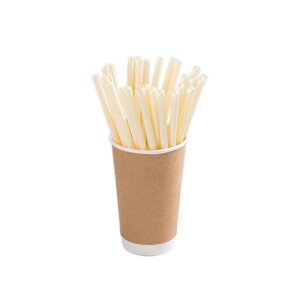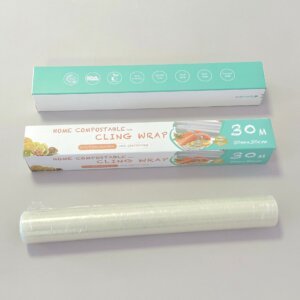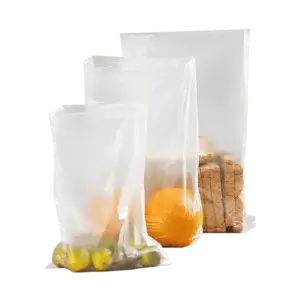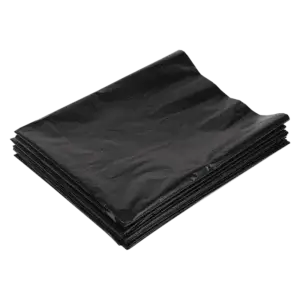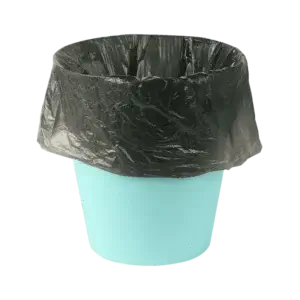On May 21, 2019, the European Council adopted the “Anti-Disposable Plastic Use” regulations, which will officially take effect on July 3 this year. Its core goal is to reduce the use of disposable plastic products to alleviate the serious pollution caused by plastic waste to the environment.
In Europe, the problem of plastic waste has reached a point where it can’t be delayed. Every year, Europe produces about 25.8 million tons of plastic waste, but less than 30% of it is collected or recycled, and the remaining large amounts of plastic waste continue to accumulate in our living environment.
Disposable plastic products, such as plastic bags, straws, coffee cups, beverage bottles, and most food packaging, are particularly damaging to the ecological environment.
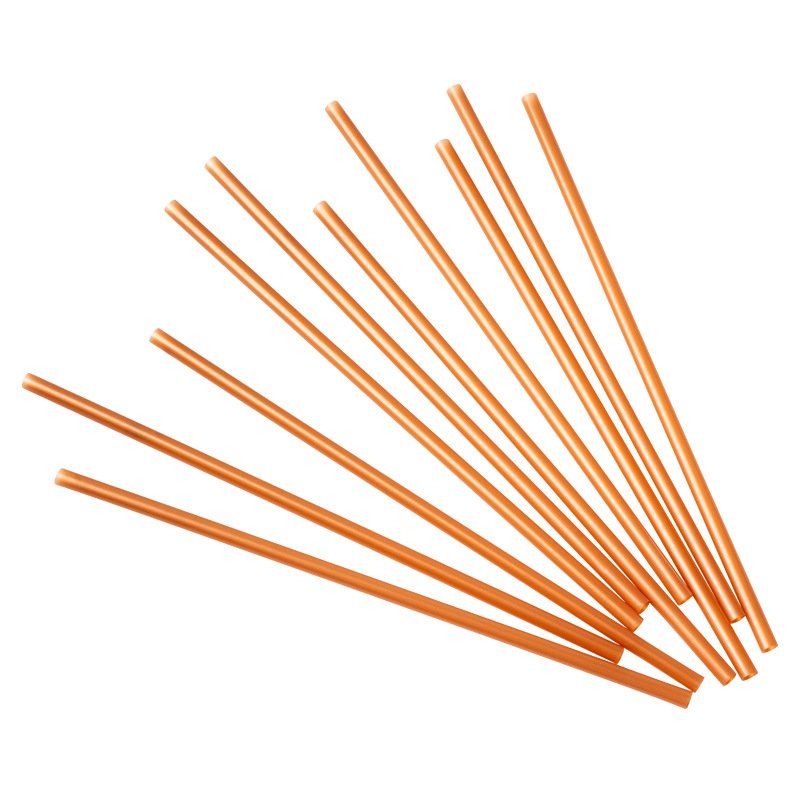
Before 2015, EU member states used more than 100 billion plastic bags each year, of which about 8 billion discarded plastic bags were thrown into the ocean. According to EU estimates, by 2030, the damage caused by plastic waste to the European environment may be as high as 22 billion euros.
So, which plastic products will be banned or phased out? From July 3, plastic products that have alternatives to other materials will be banned, including disposable knives and forks, dinner plates, straws, cotton swabs, polystyrene containers and cups, balloons and balloon sticks, plastic bags, etc. This move will have a profound impact on many industries, and many industries such as food packaging, catering, service, and entertainment will face changes.
However, some items that do not have non-plastic substitutes, such as tea cups, water cups, food containers, plastic-coated paper cups, etc., do not need to be stopped immediately, but will be gradually eliminated. In addition, those products that are required by the new regulations to implement special technologies or labels to raise people’s awareness of environmental protection and garbage classification will not be eliminated from the market for the time being.
The new regulations have set stricter regulations for 10 types of plastic products and packaging types that pollute European beaches, hoping to save the marine environment and contribute to the sustainable development of the earth by changing people’s daily consumption habits.

